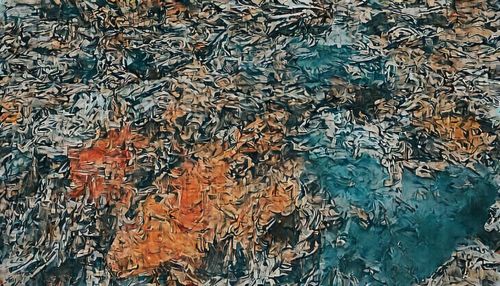Comic Books
Origins and Early History
Comic books, also known as comics, are a form of visual storytelling that combines images and text. The origins of comic books can be traced back to ancient times, with sequential art found in Egyptian hieroglyphs, Greek friezes, and Asian scrolls. However, the modern comic book as we know it originated in the United States in the 1930s.
The first comic books were reprints of popular newspaper comic strips, collected into book format. These early comic books, such as Famous Funnies and Action Comics, were popular with children and adults alike, and quickly became a staple of American pop culture.


Golden Age of Comic Books
The period from the late 1930s to the early 1950s is often referred to as the Golden Age of Comic Books. During this time, the comic book industry saw a surge in popularity and creativity. This era introduced many of the most iconic comic book characters, including Superman, Batman, and Wonder Woman.
These characters were created by comic book pioneers such as Jerry Siegel, Joe Shuster, and Bob Kane, who worked for major publishers like DC Comics. These characters and their stories were often a reflection of the times, dealing with issues such as war, crime, and social justice.
Silver Age of Comic Books
The Silver Age of Comic Books, from the mid-1950s to the early 1970s, marked a period of innovation and expansion in the comic book industry. During this time, comic books became more complex and sophisticated, with deeper character development and more intricate plots.
This era also saw the rise of Marvel Comics, with characters like Spider-Man, The Fantastic Four, and The X-Men. These characters were often more flawed and relatable than their Golden Age counterparts, reflecting the changing societal attitudes of the time.
Bronze and Modern Age of Comic Books
The Bronze Age of Comic Books (1970s to mid-1980s) and the Modern Age of Comic Books (mid-1980s to present) have seen further evolution in the comic book medium. These periods have been characterized by darker and more mature themes, as well as a greater diversity in characters and genres.
During these eras, independent publishers such as Image Comics and Dark Horse Comics emerged, offering alternatives to the superhero-dominated output of DC and Marvel. Additionally, the rise of graphic novels, such as Watchmen and Maus, has helped to further legitimize comics as a serious form of literature.
Comic Book Formats
Comic books come in various formats, including single-issue comic books, trade paperbacks, and graphic novels. Single-issue comic books are typically around 20-30 pages long and are usually part of a larger series or storyline. Trade paperbacks collect multiple issues of a comic book series into a single volume, while Graphic Novels are standalone stories that are longer and often more complex than single-issue comic books.
Comic Book Genres
Comic books cover a wide range of genres, from superhero and science fiction to horror and crime. Superhero comics, such as those produced by DC and Marvel, are perhaps the most well-known genre. However, other genres, such as Horror Comics, Crime Comics, and Science Fiction Comics, have also been popular throughout the history of comic books.
Comic Book Art and Writing
The creation of a comic book involves both writing and art. The writer creates the story and dialogue, while the artist brings the story to life through visuals. This process often involves multiple people, including a penciller, an inker, a colorist, and a letterer. Each person plays a crucial role in the creation of the final comic book.
Impact and Influence of Comic Books
Comic books have had a significant impact on popular culture, influencing other forms of media such as film, television, and video games. They have also been used as a tool for social commentary, tackling issues such as racism, sexism, and political corruption.
